1. California’s Central Valley
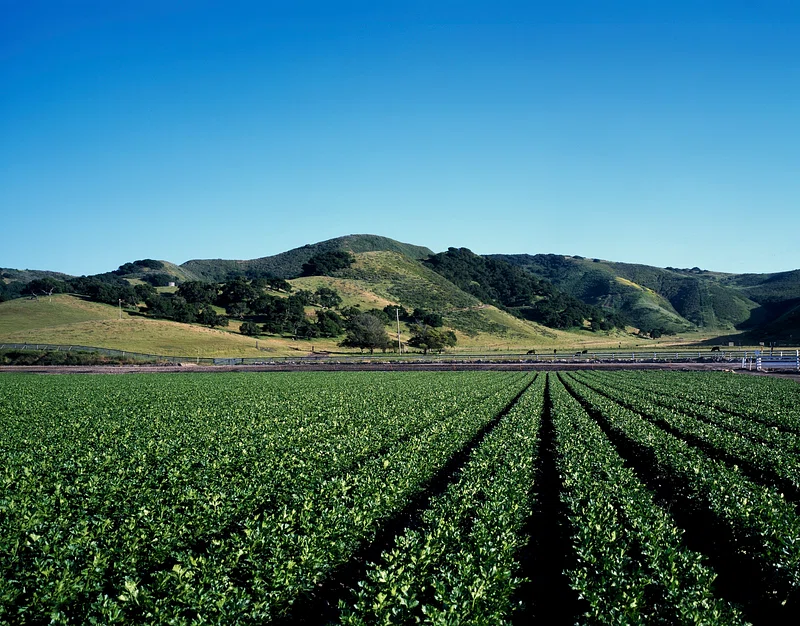
As a leading agricultural hub, California’s Central Valley will face stricter water allocations to conserve resources for essential crops. Farmers may adopt innovative irrigation techniques, while residents could see limits on outdoor water use. These changes aim to balance agricultural needs with residential sustainability.
2. Colorado River Basin
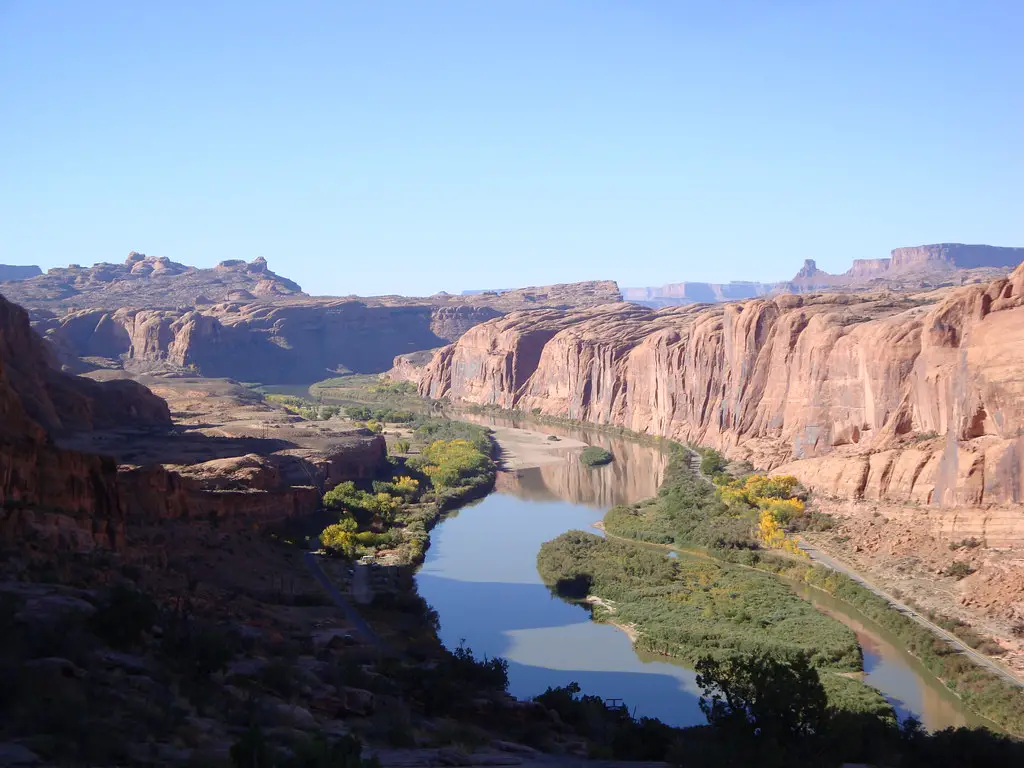
States reliant on the Colorado River, like Arizona, Nevada, and parts of California, will experience significant water rationing. With ongoing drought conditions, these areas may implement rotational water access schedules. This could affect urban development, agriculture, and even recreational activities.
3. Texas Hill Country
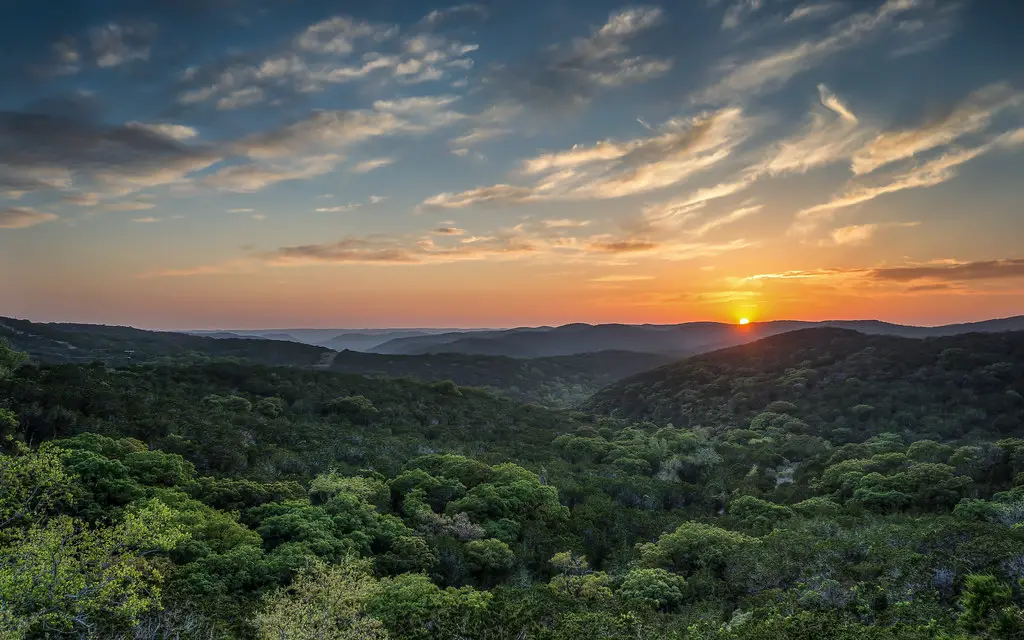
Known for its scenic landscapes, Texas Hill Country faces dwindling aquifer levels. New restrictions will limit well drilling and high water-usage landscaping. Residents may turn to xeriscaping and rainwater harvesting to adapt.
4. South Florida
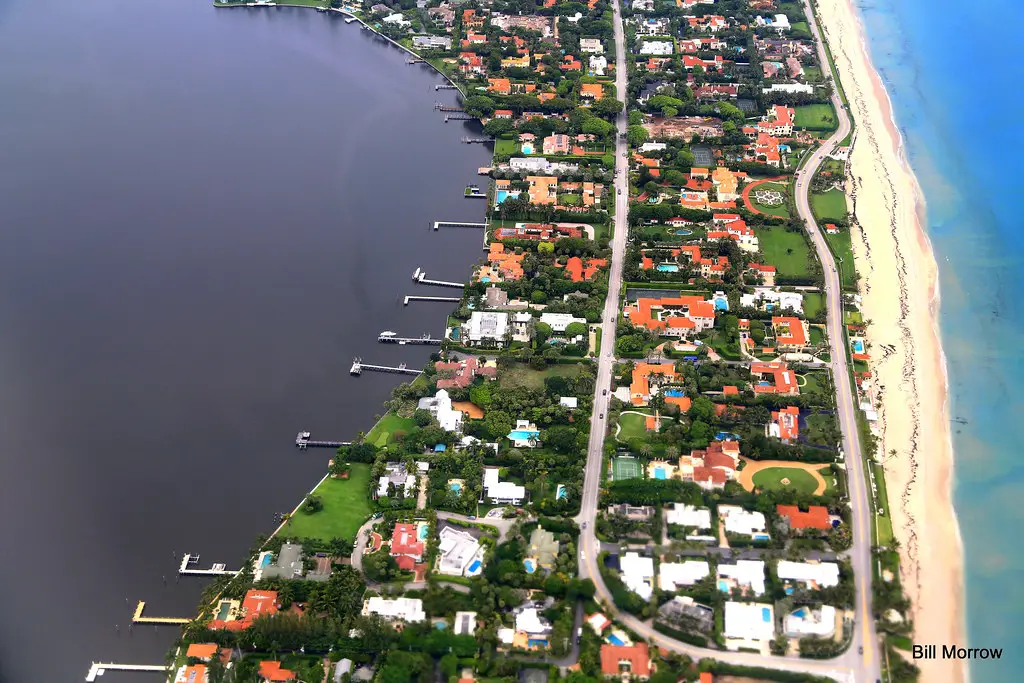
Rising sea levels and saltwater intrusion are forcing South Florida to reconsider its water sources. Restrictions may target large-scale water users, such as golf courses and resorts. Local governments are also pushing for increased water recycling programs.
5. Las Vegas Metro Area
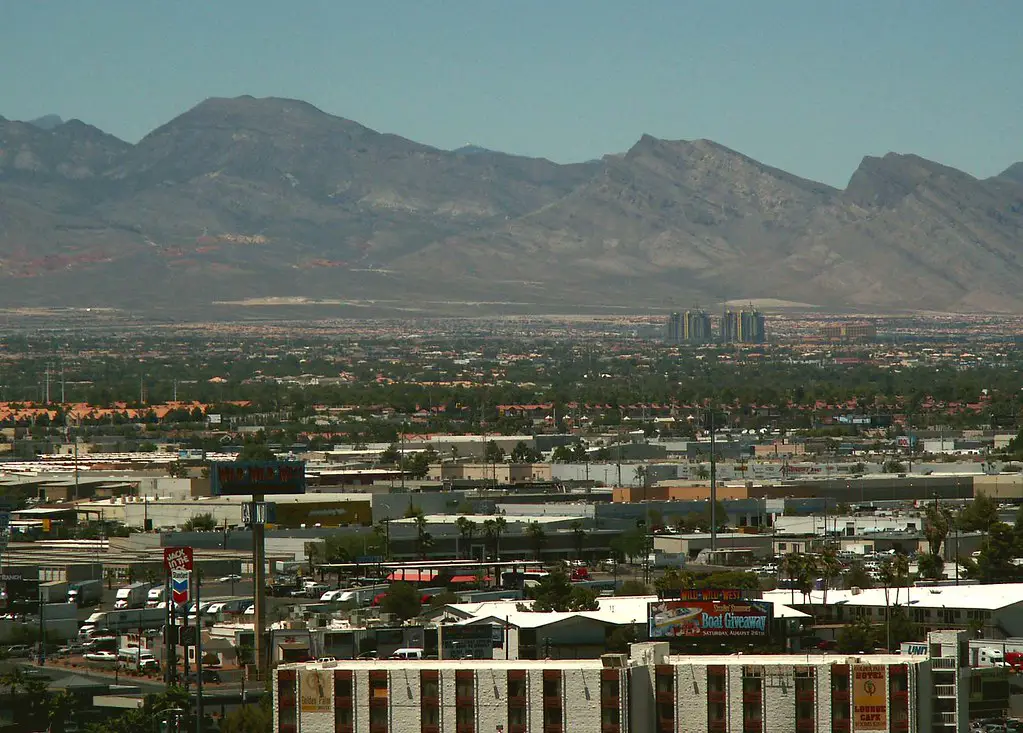
Already a leader in water conservation, Las Vegas plans to tighten restrictions further in 2025. New laws may ban non-functional turf and penalize excessive water usage. The city’s efforts focus on preserving Lake Mead’s dwindling supply.
6. The Great Plains
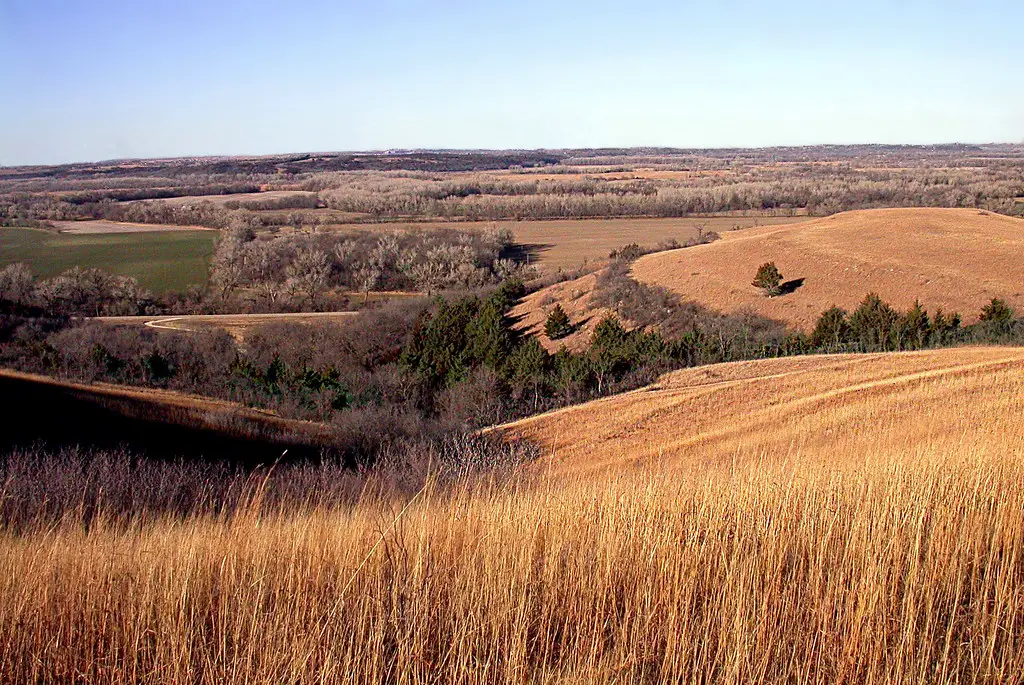
In regions like Kansas and Nebraska, reliance on the Ogallala Aquifer is unsustainable. Stricter regulations will reduce irrigation for water-intensive crops. Farmers may need to shift toward drought-resistant varieties.
7. Southern California Coast
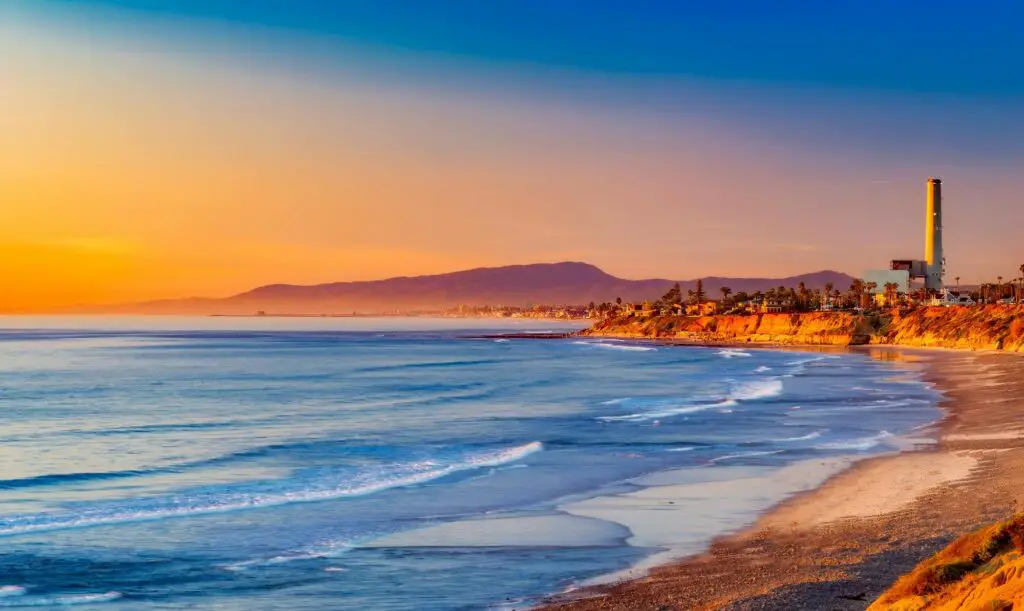
Urban centers like Los Angeles and San Diego will face mandatory water rationing. Residents may see tiered pricing models encouraging lower consumption. Long-term plans include desalinization projects and expanded greywater systems.
8. Phoenix Metropolitan Area
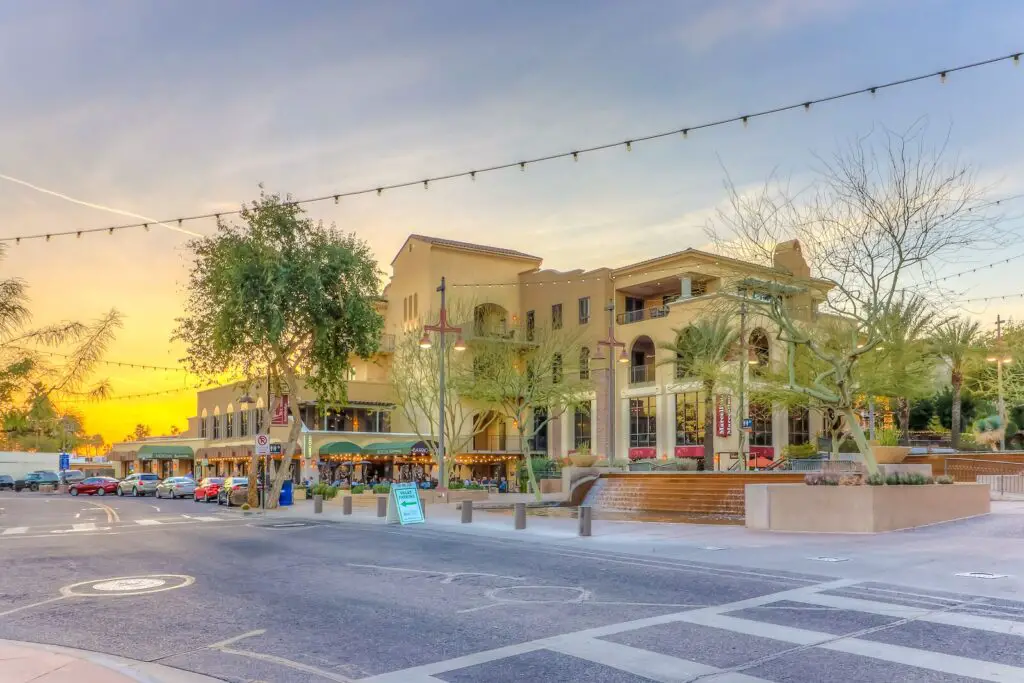
Phoenix’s rapid growth is straining its water resources. New zoning laws may limit sprawling developments, while residential watering days will likely be reduced. The city aims to balance growth with its finite water supply.
9. Pacific Northwest
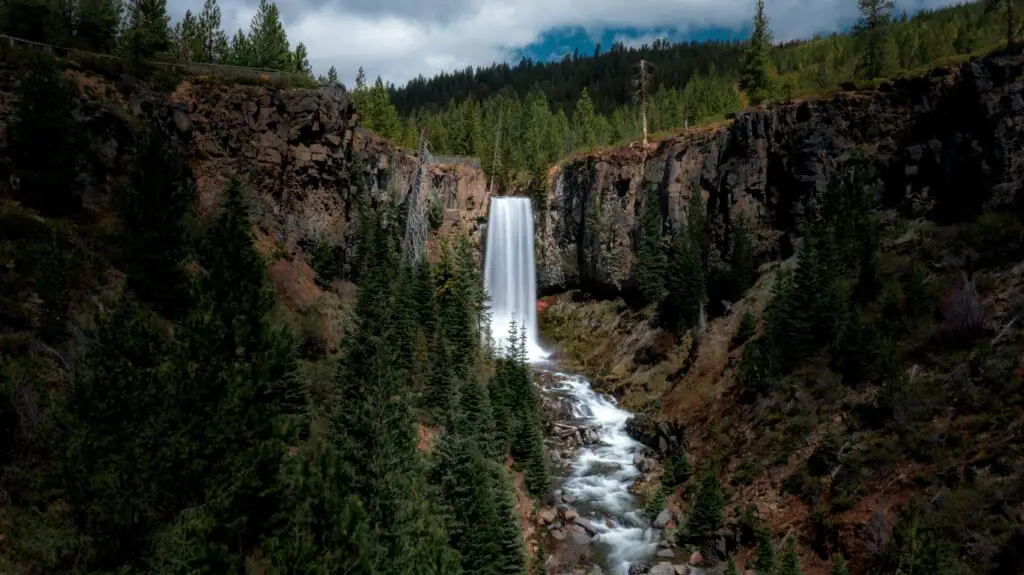
Though known for abundant rainfall, the Pacific Northwest faces localized droughts in areas like eastern Oregon and Washington. Watering restrictions and crop rotation mandates will address these shortages. Communities may also invest in advanced rain capture technologies.
10. Southwest Utah
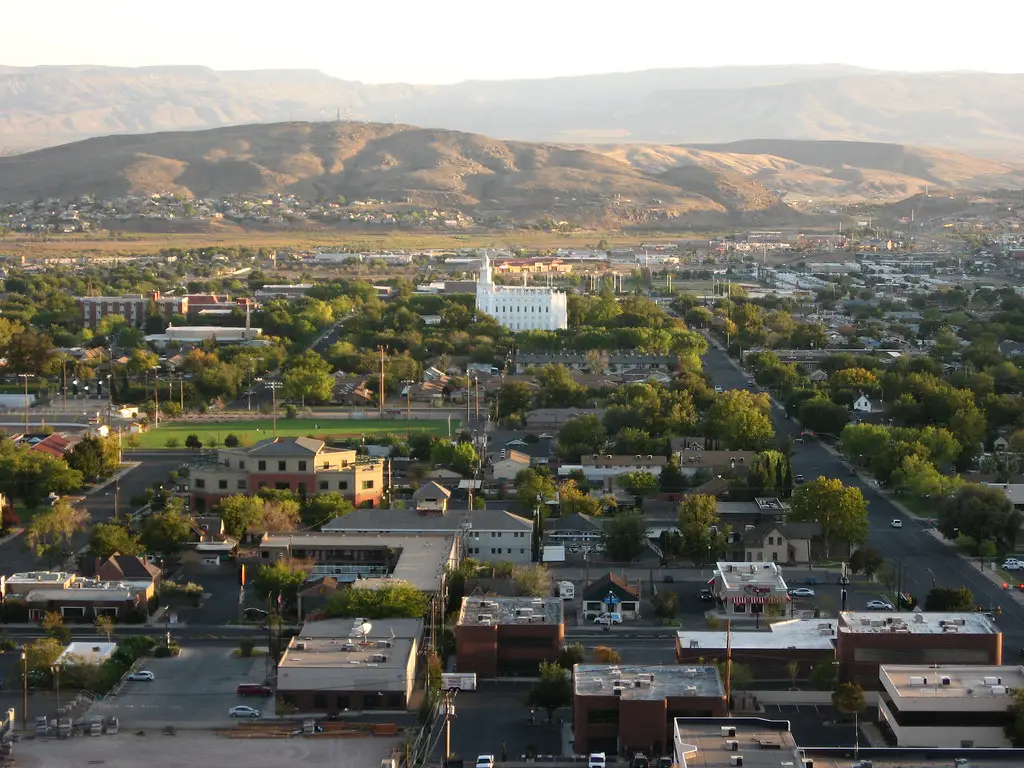
St. George and surrounding areas will implement restrictions due to the Colorado River’s declining flow. Local ordinances will prioritize indoor water use over outdoor irrigation. The community is exploring new reservoirs and water reuse systems.
11. Northern Arizona
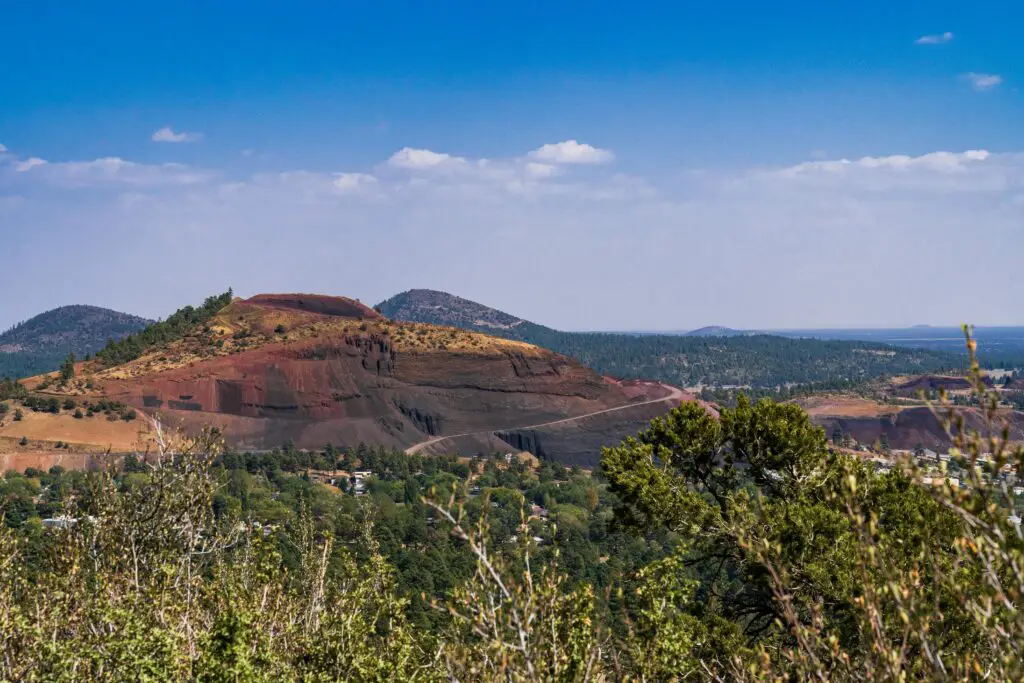
Flagstaff and its surrounding areas will adopt measures to protect limited groundwater. Residents may see bans on filling private pools and washing vehicles at home. Conservation campaigns will encourage mindful usage across the region.
12. California’s Bay Area
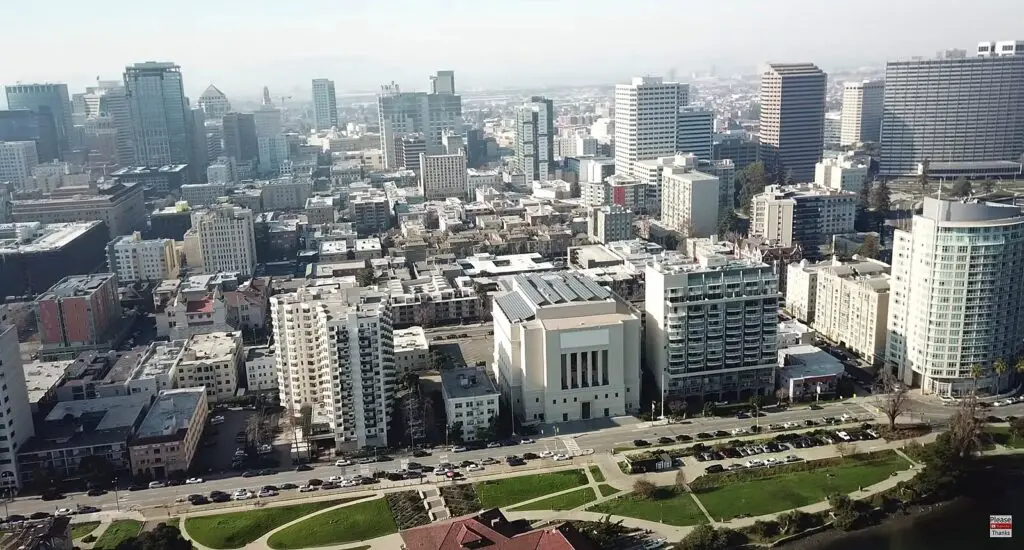
With population growth straining reservoirs, the Bay Area will enforce tighter conservation rules. Residential restrictions will target lawn irrigation and car washing. New construction projects may also require water-efficient designs.
13. New Mexico’s Rio Grande Valley

Communities dependent on the Rio Grande River will face reduced water allocations. Farmers may pivot to less water-intensive crops, while municipalities enforce residential water limits. Efforts are underway to improve river management and reduce waste.
14. Idaho’s Treasure Valley
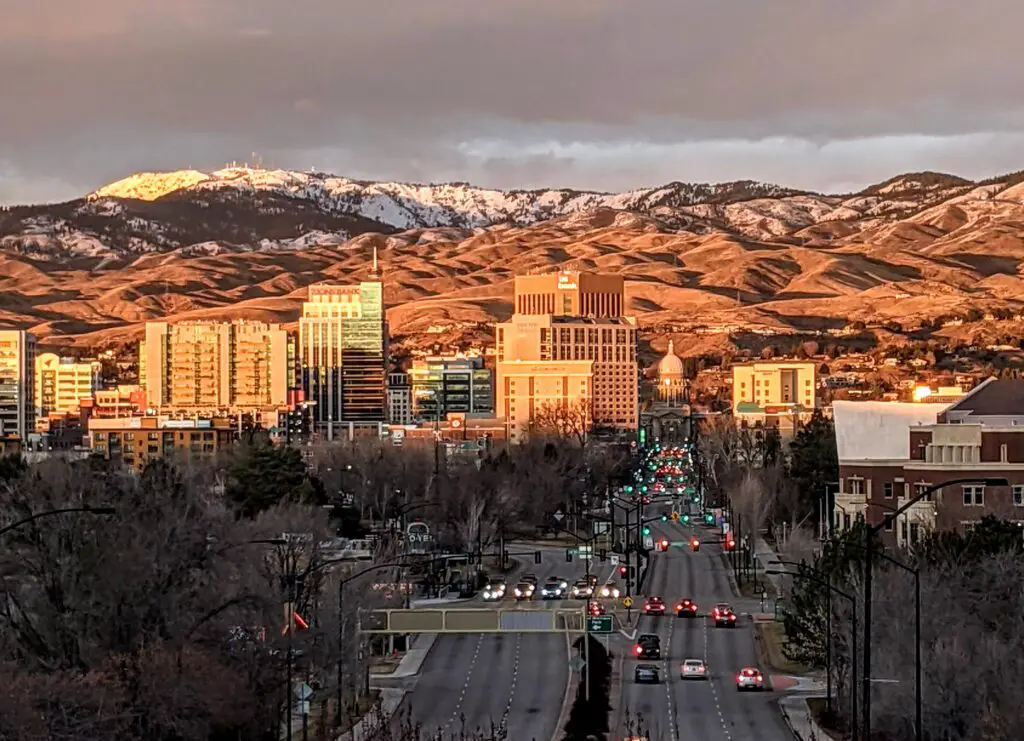
As Boise continues to grow, the Treasure Valley’s aquifers are under pressure. Restrictions may focus on limiting large-scale agricultural water use. Urban planning will emphasize sustainable water systems and reduced landscaping.
15. Northern Nevada
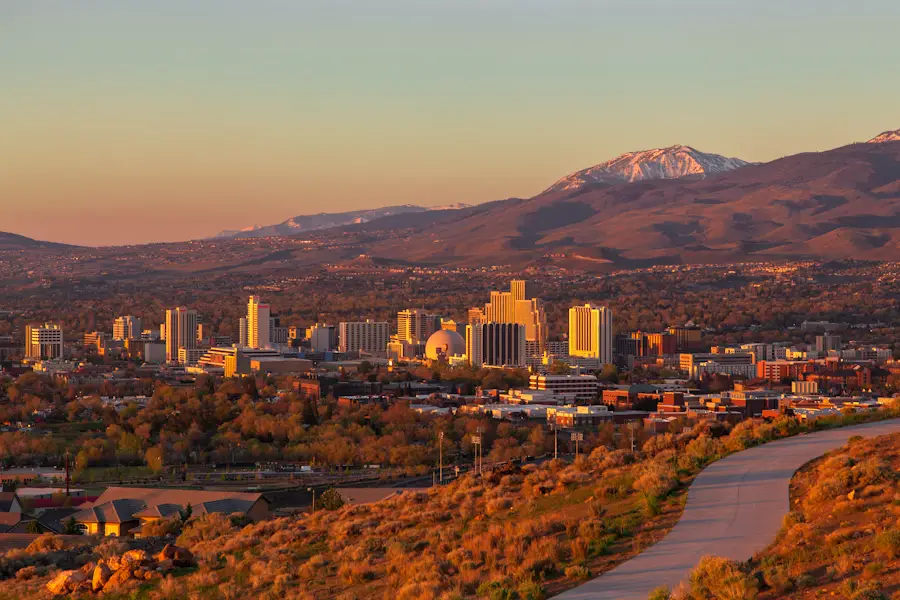
Reno and its surrounding areas will implement water-saving ordinances to combat dwindling snowpack levels. Residents can expect stricter limits on outdoor water use, with incentives for installing drought-friendly landscaping. Efforts will also include increased reliance on treated wastewater.
